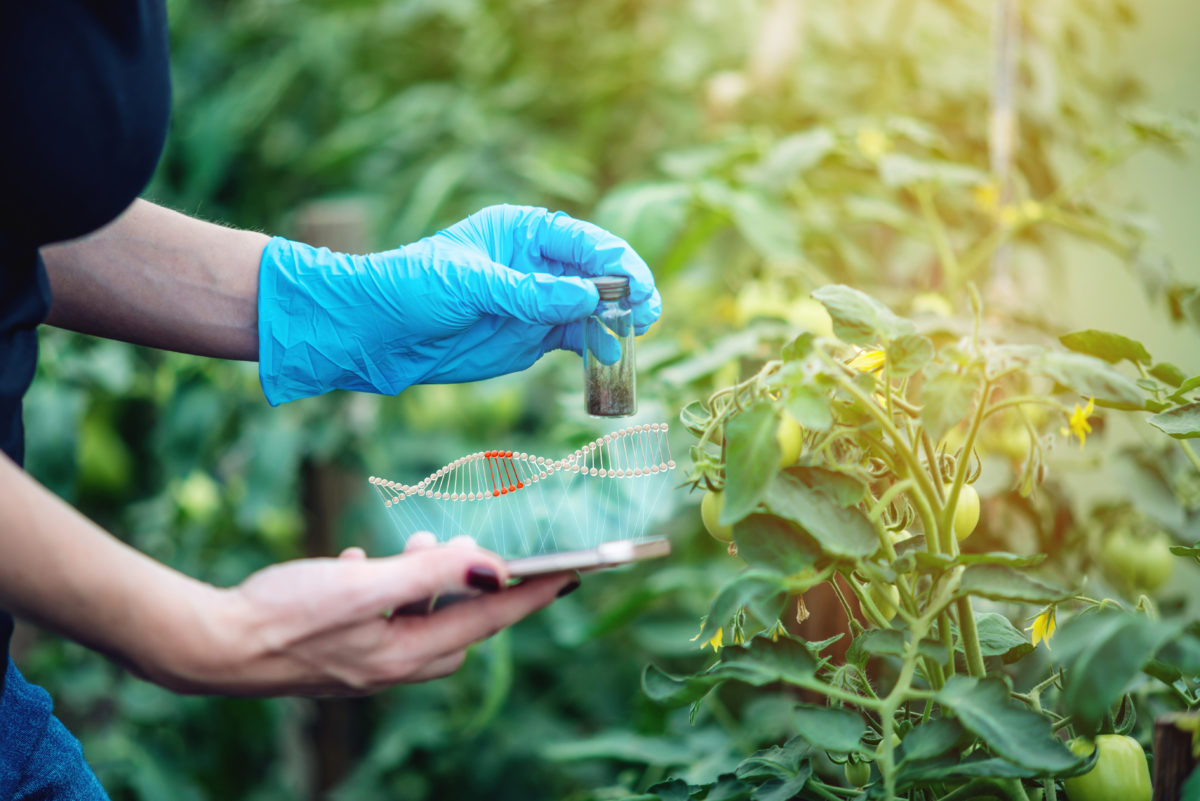A bilberry gene mapping project at Plant & Food Research, funded by Genomics Aotearoa, has made some significant findings on the berry’s unique pigments, something that has exciting potential for our own horticulture industry.
The genome produced by the project is a world first, but, not only that, the researchers were also excited to find a genetic marker for the distinctive colour of the fruit.
The bilberry is a shrub found across much of northern European and as far north as the Arctic Circle. It grows wild, and its dark-coloured berries are harvested for food and medicinal purposes.
It belongs to the same genus – Vaccinium – as North American blueberries but unlike the pulp of blueberry, which is light green, the bilberry is distinctly red or purple.
The question is whether hybridising bilberry and the domesticated blueberry will produce a modern cultivar with coloured flesh that can be grown for production.
“It’s great to work with our northern European counterparts on a plant and be able to import a new plant that wasn’t previously found in Aotearoa,” says Plant & Food Research scientist Dr Richard Espley.
“The research has provided us with invaluable insights into the Vaccinium genus, and to some of its most important genetic characteristics.”
Although the blueberry genome has been sequenced previously, the bilberry has not, so the genome the collaboration has produced provides vital understanding into the differences between the two. Comparing the genomes has already helped these bilberry researchers to identify genes responsible for the characteristic red/purple pigment.
“Having knowledge on evolutionary biology will help those in the northern hemisphere to understand how the indigenous bilberry will cope with climate change.
“For New Zealand, the potential lies in future blueberry breeding programmes that can take advantage of the bilberry’s unique and health-benefitting anthocyanins.
“We can potentially look at new premium varieties of blueberry, with emphasis on coloured flesh.”
The collaboration worked with representatives from the Sámi community (from Sápmi, formerly known as Lapland in the Nordic regions of northern Europe). A Biocultural Notice has been published on this work, acknowledging the cultural significance of the bilberry in its native land and its importance to its indigenous community.
Funding was provided by the Ministry of Business, Innovation and Employment in the ‘Filling the Void’ programme, designed to understand how some berries are so highly pigmented and how to introduce this phenomenon into a cultivated variety for commercial production.
Source: Plant & Food Research












